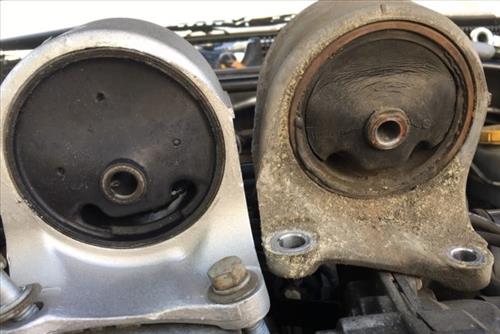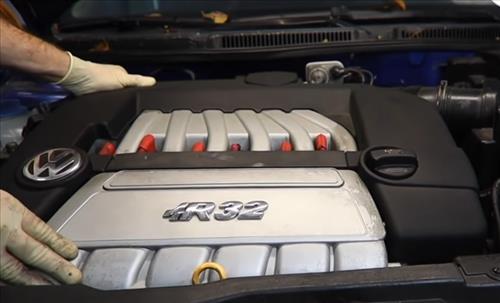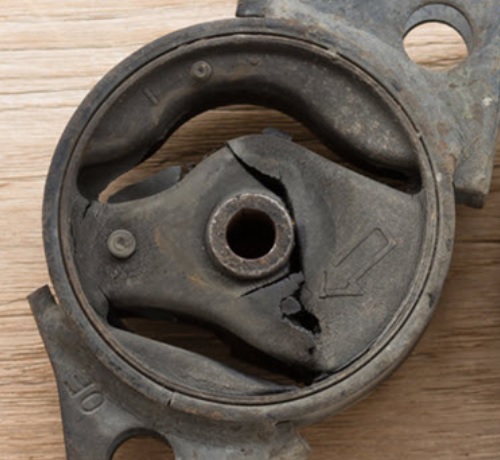
Motor mounts are necessary components that bolt the engine to the frame of a vehicle.
When a mount fails, there can be varying symptoms, such as vibrations or clunking and thud noises.
What is an Engine Motor Mount?
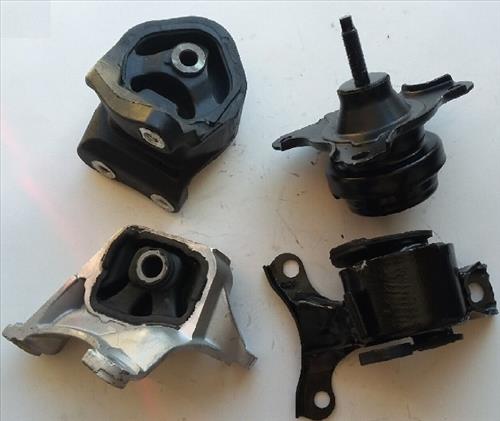
An engine motor mount secures the engine to the frame of a vehicle and helps to absorb any shocks.
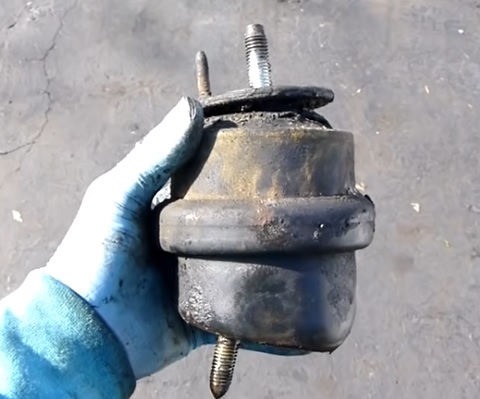
While the vehicle suspension absorbs most of the shocks that may occur, the mounts also help to protect the engine.
Types of Engine Motor Mounts?
- Solid Rubber
- Hydraulic Motor Mounts Filled with Fluid
- Metal Mounts
- Electronic (Active)
- Polyurethane (PU)
While there are many different types of motor mounts, the most common are solid rubber or hydraulic motor mounts that contain fluid.
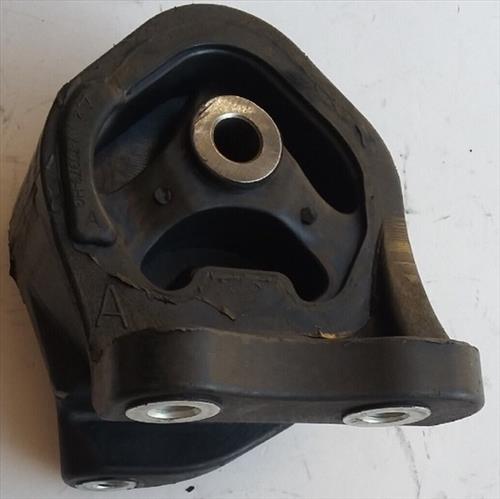
The solid rubber mount will be mostly hard rubber with a few metal pieces where it bolts to the engine and frame.
A hydraulic mount will be filled with fluid, which can leak out when the mount has failed or is damaged.
As a mount gets worse, so will the symptoms.
Signs and Symptoms of a Bad Engine Motor Mount
- Vibration
- Unusual Noises, such as a Thud
- Jolt or jerking When Changing Gears
- Shudder When Using Reverse
- Impact Noise When Accelerating or Decelerating
- Engine to Shakes Excessively
- Abnormal Clunking Noises
- Fluid Leaking from Mount or Cracks
- Hard to Put Into Gear
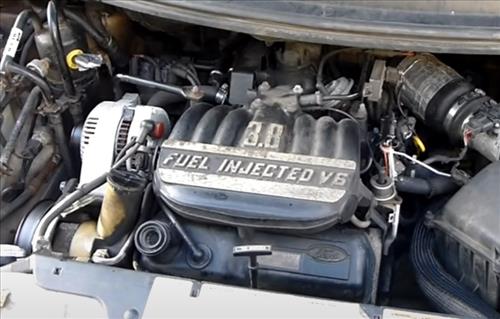
A vibration is very common with a bad motor mount.
Since the engine is not secured to the vehicles frame there can be vibrations that occur.
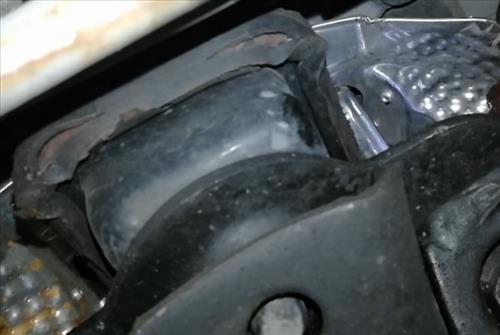
If the engine is not bolted to the frame, it can move about and make noises such as a thud.
This often happens when speeding up or lowering down and making turns.
A jolt or jerking can happen with a broken mount when the transmission shifts gears.
This usually happens at low gear, such as 1st to 2nd gear, but it can happen at higher gear also.
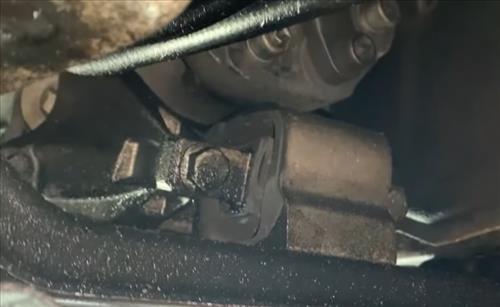
A shudder sometimes can happen when moving in reverse.
This can also occur when moving forward but usually happens in reverse.
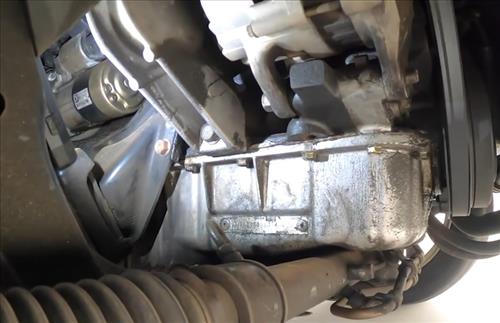
If you hear a noise when stopping or speeding up, it can be a bad mount.
This often happens when stopping quickly or speeding up very quickly.
Since the engine is not bolted into place, it can shake excessively.
Often, if the engine is shaking badly, the mount has completely failed.
Clunking noises can also be heard with a failed mount.
This is due to the engine moving about and making clunking noises as it does.
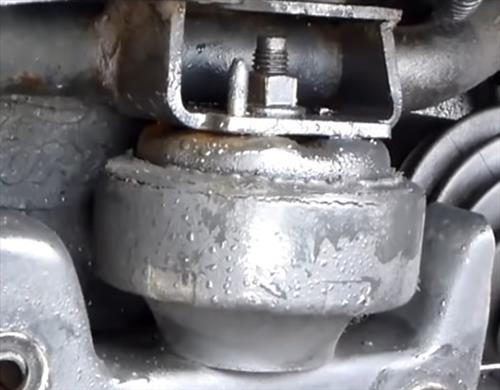
Hydraulic motor mounts are filled with fluid and will leak when they go bad.
When examining a mount, if fluid is leaking out, then it is bad and needs to be replaced.
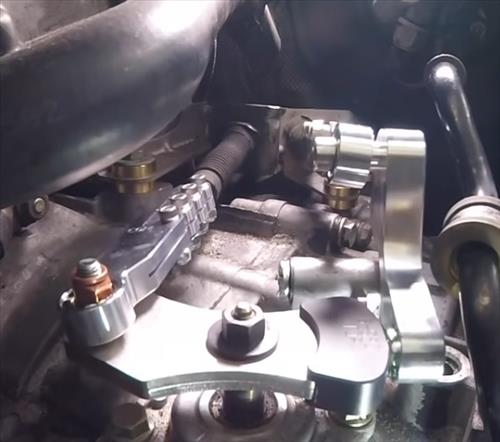
When a motor mount has failed the engine can move about and cause the shift linkage to become out of alignment.
If putting the vehicle into gear such as drive or reverse is difficult there may be a bad motor mount.
What Causes Motor Mounts to Go Bad and Fail?
- Age and standard wear and tear.
- Vehicle with high mileage of 200,000 miles or more.
- Accidents
- Potholes or other road hazards.
- Driving style such as fast alliteration can strain motor mounts.
The most common causes of a bad motor mount are age and normal wear and tear.
If your vehicle has high mileage, over roughly 200,000 miles, then the motor mount likely needs to be replaced.
Accidents also cause motor mounts to go bad and should be checked if this occurs.
Other causes include potholes and the driving style of the driver.
How To Tell If Motor Mount is Bad
- The engine should not move and flex more than 1-2 inches.
- Look for impact damage to engine components such as fans.
- Try to rock the engine side to side.
- With the brake on, go forward and into reverse engine should not lurch or jump.
When a motor mount is good, the engine should not move about more than 1-2 inches; if it is jumping up or moving more, then there is likely an issue.
If the engine moves about when pushed, the mount should be examined.
Often, when a mount fails, there is damage close to the moving parts, such as fans and belts.
Examine around the engine compartment for any damage, mainly around the moving components.
A common way the engine mounts are tested is to check the engine for any lurching or jumping when the gas pedal is pressed.
Two people are needed to see if the engine lurches, one in the vehicle, and one to watch the engine.
The vehicle is placed in gear and with the brakes pressed so it does not move the gas pedal is pressed.
If there is a large movement upward or downward when the engine is under load there likely is a bad motor mount.
